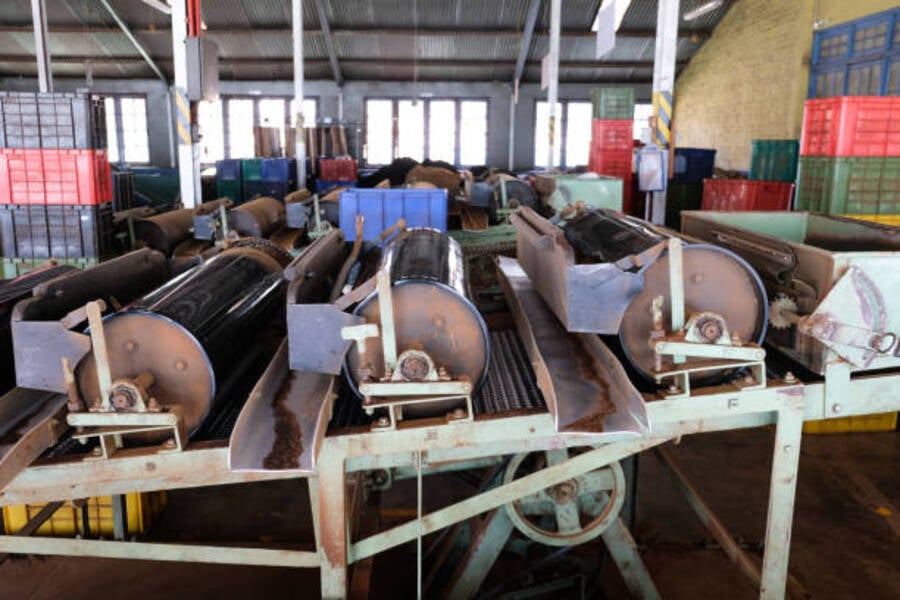Introduction to Rolling Machines
Rolling machines are versatile tools used in various industries to bend metal sheets or plates into different shapes. These machines use a combination of pressure and force to manipulate the metal, offering precision and efficiency in the manufacturing process.
Types of Rolling Machines
There are different types of rolling machines, including plate rolling machines, profile bending machines, and section bending machines. Each type is designed for specific applications, such as bending plates, pipes, or beams, to meet the requirements of diverse industries.
Function of a Plate Rolling Machine
A plate rolling machine is specifically designed to bend thick metal plates into cylindrical or conical shapes. These machines use a set of rollers to continuously bend the metal until the desired shape is achieved. Plate rolling machines are commonly used in the fabrication of tanks, pipes, and pressure vessels.
Role of Profile Bending Machines
Profile bending machines are used to bend metal profiles or sections into various shapes, such as curves, arcs, and circles. These machines are ideal for creating structural components used in construction, automotive, and aerospace industries. They offer precise bending capabilities for complex profiles.
Importance of Section Bending Machines
Section bending machines are essential tools for bending metal beams, channels, and angles into curved shapes. These machines are widely used in the construction and manufacturing sectors to create structural components like arches, frames, and trusses. Section bending machines ensure accuracy and consistency in bending operations.
Working Principle of Rolling Machines
Rolling machines work on the principle of gradual deformation of metal through controlled pressure and force. The metal is passed through a series of rollers that exert pressure on the material, causing it to bend or deform according to the machine's settings. This process allows for precise shaping of metal components.
Advantages of Using Rolling Machines
The main advantage of rolling machines is their ability to produce uniform bends and shapes with high precision. These machines eliminate the need for manual bending, reducing labor costs and minimizing errors. They also offer increased productivity and efficiency in metal fabrication processes.
Applications of Rolling Machines
Rolling machines find applications in various industries, including automotive, aerospace, construction, and manufacturing. They are used to fabricate a wide range of products, such as tanks, pipes, structural components, and architectural elements. Rolling machines play a crucial role in shaping metal materials for diverse purposes.
Factors to Consider When Using Rolling Machines
When using rolling machines, factors such as material thickness, bending radius, and machine capacity must be taken into account. Proper setup and calibration of the machine are essential to ensure accurate bending and prevent material wastage. Operators should follow safety guidelines to avoid accidents during operation.
Conclusion
In conclusion, rolling machines serve a vital function in the metalworking industry by offering precise and efficient bending capabilities. These machines play a crucial role in shaping metal materials into various forms, catering to the diverse needs of different industries. Understanding the different types and functions of rolling machines is essential for achieving optimal results in metal fabrication processes.
Quote Inquiry
Contact Us

